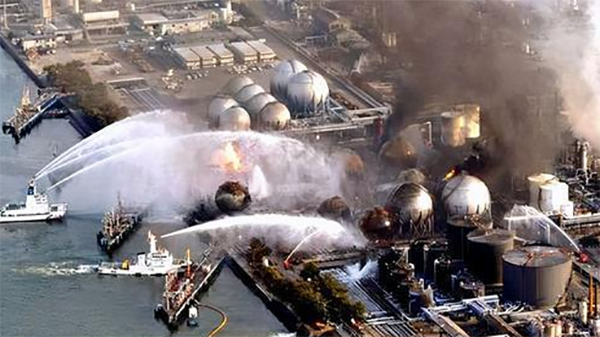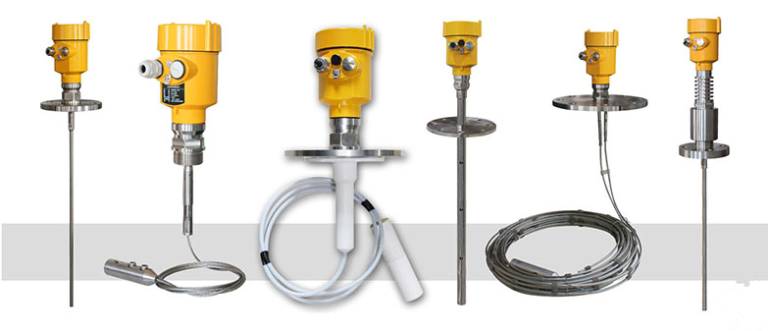There are many different types of industrial wastewater, of which oily wastewater is one of the most common and accounts for a large proportion. How much do you know about this type of wastewater? When choosing a radar level meter, should you choose contact or non-contact?

I once read an article that mainly referred to an oily wastewater conditioning tank. In this tank, the medium is mainly divided into four layers, i.e. bottom sludge, top oil foam, middle oil slick, and oily wastewater. The top layer of oil foam and the second layer of oil slick are mostly viscous substances mixed with impurities, and their thickness is mostly 9 to 19 cm.
In order to measure the level of oily wastewater in such a complex medium, the characteristics of the top two layers must first be taken into account. The top layer of oil foam and the second layer of oil slick are mostly viscous substances, from this point of view, a non-contact radar level meter is more suitable, after all, viscous media will not adhere to the antenna, affecting the measurement.
But the problem also arises. Radar level meters emit microwaves, which can penetrate non-conductive tank walls, but the dielectric constant and conductivity of the medium being measured can have an impact on the reflected power of the microwaves. The dielectric constant of oil and grease is relatively low. If a non-contact radar level meter is used, it is a question whether the reflected signal will attenuate when the radar wave reaches the oil foam layer, and whether the emitted signal can penetrate the foam layer is another question. Therefore, it is more appropriate to use a guided wave radar level meter for measuring oily wastewater.

First of all, the microwave pulses emitted by the guided wave radar level meter are transmitted through the detection assembly (steel rod or cable). The microwave propagates along the detection assembly and the energy is concentrated so that neither the emitted signal nor the reflected signal is affected.
Secondly, the guided wave radar level meter has a strong penetration capability into foam and the measurement is not affected in any way.
Finally, the guided wave radar level meter has proven to be stable and accurate in the measurement of oily wastewater. A plant has been using a guided wave radar level meter for oily wastewater measurement for one year with zero maintenance and consistently stable measurements.
Oily wastewater is not the mixture of oil and water that we are used to, nor is it the only oily wastewater in the measurement vessel. So when choosing a radar level meter, we have to consider it comprehensively and listen to more professional advice.
